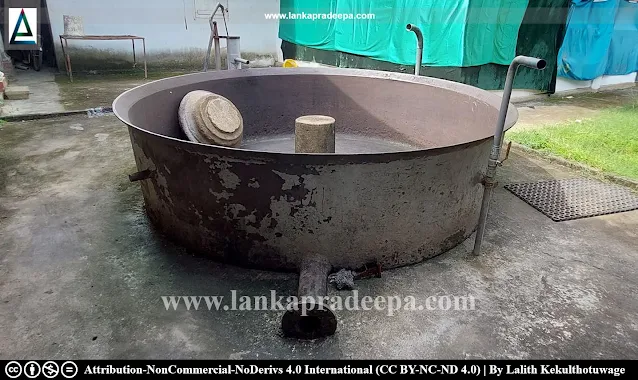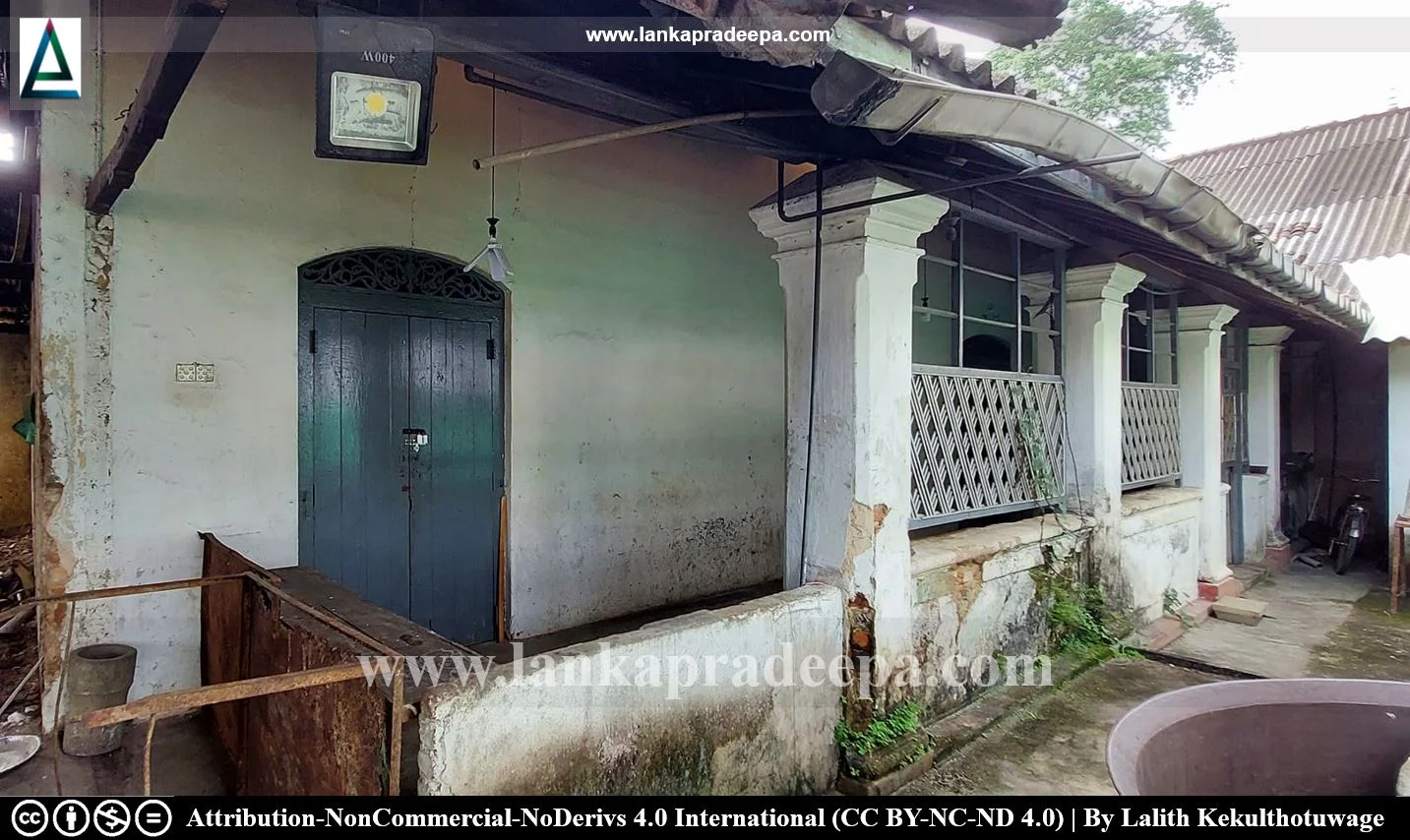
Godapitiya Mohideen Jummah Mosque, also known as Porwai Muhiyaddeen Jummah Mosque (Sinhala: ගොඩපිටිය ජුම්මා මුස්ලිම් පල්ලිය), is a Muslim religious place located in Matara District, Sri Lanka.
History
The origin of Godapitiya mosque is not clear (Abeyawardana, 2004). The old mosque which was standing at this site had been damaged due to the riots that occurred between Sinhalese and Muslims in 1914 (Wikramaratne, 2015). The mosque was reconstructed again to the present state in 1915 (Wikramaratne, 2015). It is said that the mosque was constructed within one year employing 68 masons (Abeyawardana, 2004).
On 10 March 2009, Tamil Tiger rebels (LTTE), a military group designated as a terrorist organization by 32 countries including India, the United Kingdom, the EU and the USA carried out a suicide bomb attack near the main entrance of the Godapitiya Jumma mosque killing at least 15 persons.
Monuments

The pond which is used for ablution is believed to be built prior to the construction of the mosque and has been built using blocks of granite (Wikramaratne, 2015). However, the pond was tiled over recently, making the old granite blocks invisible (Abeyawardana, 2004; Wikramaratne, 2015).
The large bowl which is placed at the mosque is considered a valuable artefact. During the Dutch period, it had been used to make sugar at the land called 'Paradoova' (Wikramaratne, 2015). According to the folklore, a boat had been used to bring that bowl to the mosque from its original location (Wikramaratne, 2015).
Two tombs belonging to an Islamic religious leader and his disciple are also found inside the mosque.
A protected site
The ‘Dharga’ part of the Godapitiya Mohideen Jumma Mosque on No. 308 of the Godapitiya Grama Niladhari Division in the Athuraliya Divisional Secretary’s Division is an archaeological protected monument, declared by a government Gazette notification published on 30 December 2011.



.
Attribution
#) LankaPradeepa.com extends its gratitude to Lalith Kekulthotuwage for providing the necessary photographs required for this article. All the photos are published here with the permission of the author.
References
1) Abeyawardana, H.A.P., 2004. Heritage of Ruhuna: Major natural, cultural
and historic sites. Colombo: The Central Bank of Sri Lanka. ISBN:
955-575-073-4.
p.62.
2) The Gazette of the Democratic Socialist Republic of Sri Lanka. No: 1739. 30 December 2011. p.1091.
3) Wikramaratne, I., 2015. Pauranika Sthana Saha Smaraka: Matara Distrikkaya (In Sinhala). Department of Archaeology (Sri Lanka). ISBN: 955-9159-54-2. pp.54-55.
2) The Gazette of the Democratic Socialist Republic of Sri Lanka. No: 1739. 30 December 2011. p.1091.
3) Wikramaratne, I., 2015. Pauranika Sthana Saha Smaraka: Matara Distrikkaya (In Sinhala). Department of Archaeology (Sri Lanka). ISBN: 955-9159-54-2. pp.54-55.
Location Map
This page was last updated on 22 October 2023

